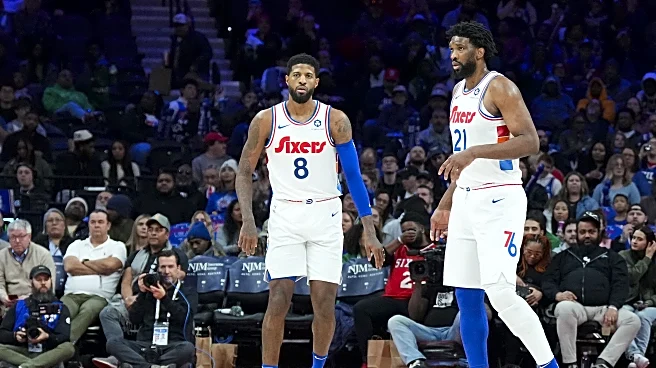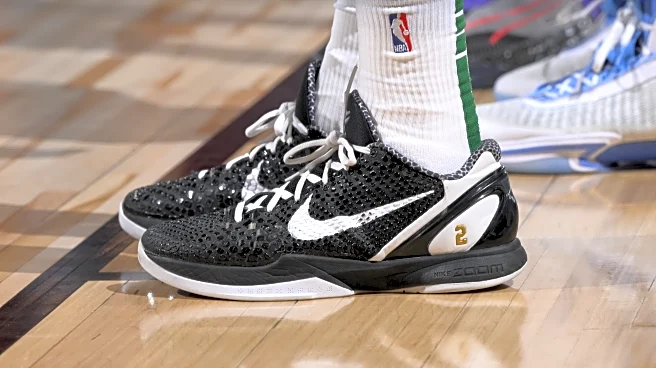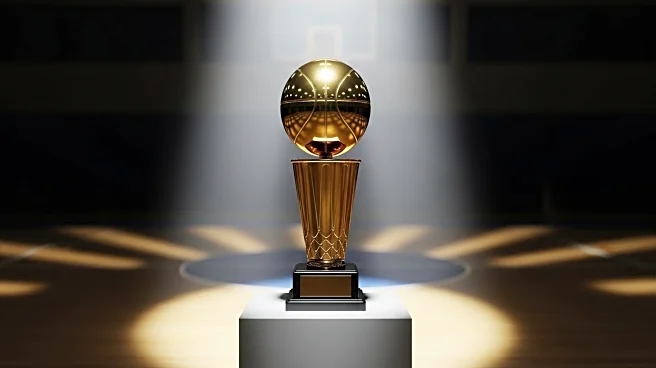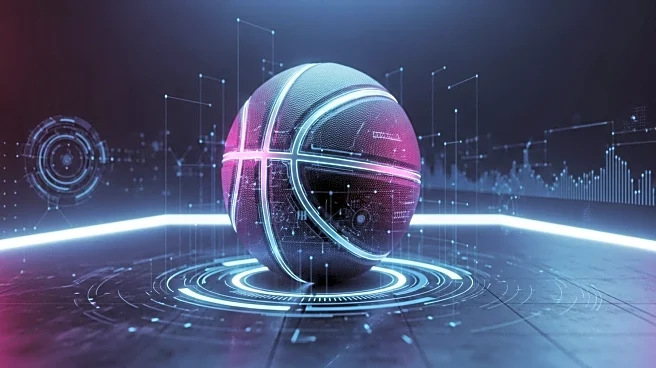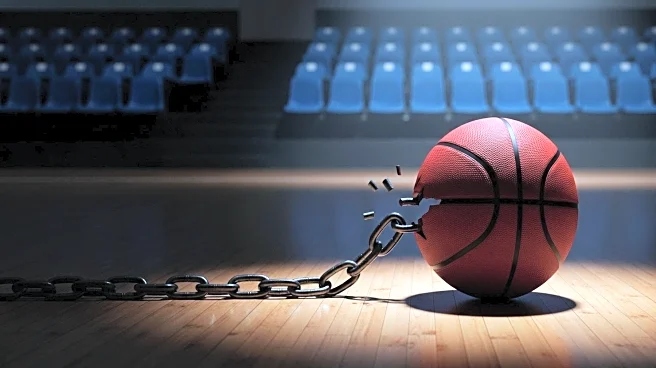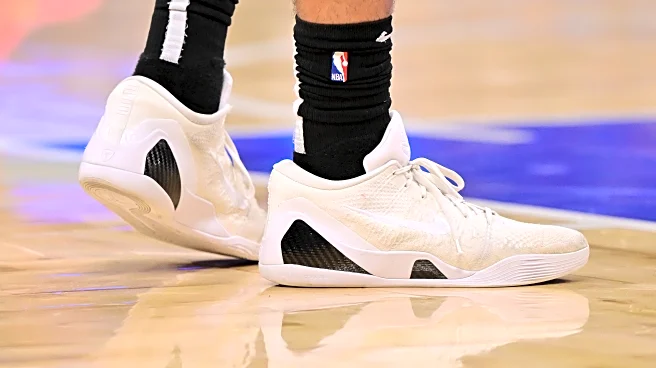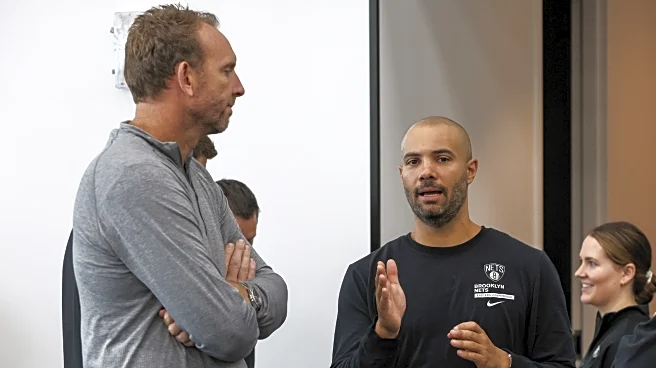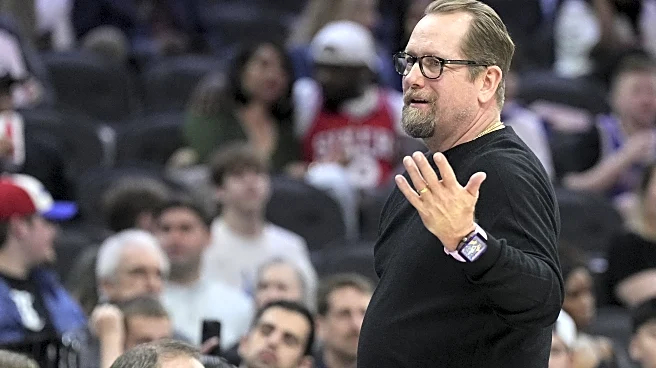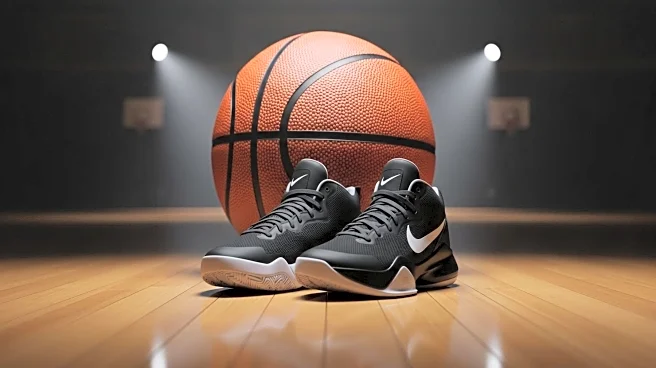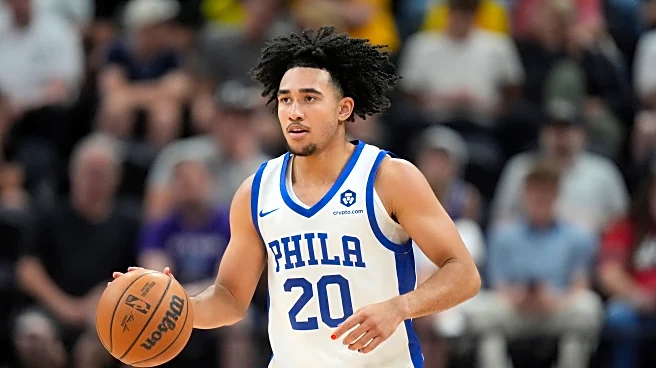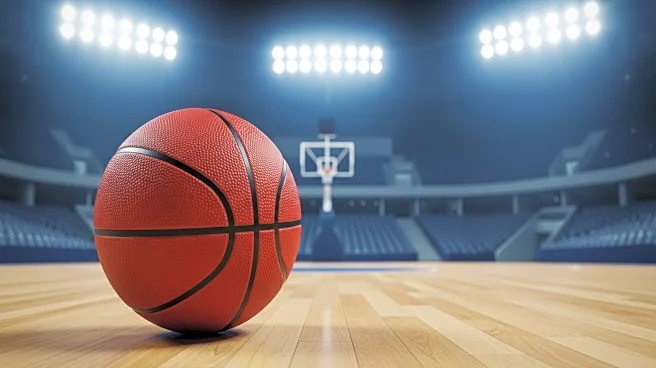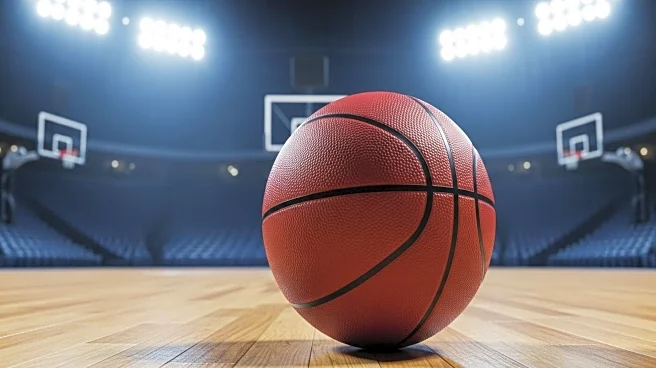
The Sixers entered last offseason with more than $60 million in cap space. One year later, Eric Pincus of Bleacher Report believes they might have the NBA’s worst salary-cap situation.
“Unfortunately, the investment in Paul George looks to be a significant miscalculation,” Pincus wrote. “George’s game has declined due to injury; Joel Embiid’s health is a significant question mark. Very quickly, the franchise became over-leveraged with a mediocre roster.”
Pincus put the Sixers just ahead of the Orlando
Magic, who will soon find themselves in second-apron hell after maxing out Paolo Banchero and trading for Desmond Bane this offseason, and the Phoenix Suns, who will be paying Bradley Beal nearly $20 million annually for the next half-decade not to play basketball for them. The Boston Celtics and Denver Nuggets rounded out the top five, while the Cleveland Cavaliers, Minnesota Timberwolves and New York Knicks made the list as well.
The Sixers have yet to resolve Quentin Grimes’ restricted free agency, so it’s impossible to render final judgment on where they rank relative to the rest of the league. If they wind up landing Grimes on a team-friendly steal of a deal, that could help ease the pain of the Embiid and George contracts.
But since it’s early September and we have nothing better to do—other than watch the Eagles lay waste to the Micah Parsons-less Dallas Cowboys, that is—let’s break down the argument on either side before issuing a verdict.
The case for it
I mean… did you watch last season?
George scuffled through 41 injury-ravaged games and then suffered a knee injury this offseason that required him to undergo an arthroscopic procedure. Embiid played only 19 games amidst his recovery from the meniscus injury that prematurely ended his 2023-24 campaign, and it remains unclear whether he’ll be cleared for training camp in a few weeks.
The Sixers are spending nearly $107 million combined on Embiid and George this season. That’s almost 70 percent of this year’s $154.7 million salary cap. If those two can’t get and stay healthy, it won’t matter how promising the Sixers’ young backcourt is.
The Magic and Cavaliers will face tough financial decisions in the next few years that will likely require them to jettison key members of their rotation, much like the Celtics have been doing this offseason. The difference between them and the Sixers is that their core rotation players still have positive trade value. If the Magic eventually have to part ways with Franz Wagner or Jalen Suggs, they should get a haul for either one. The same goes for the Cavaliers with Jarrett Allen or Darius Garland. Meanwhile, the Sixers might have to attach additional assets just to offload the contracts of Embiid and/or George.
That’s among the reasons why the 2025-26 season may be a make-or-break campaign for the Sixers. If Embiid and/or George have a bounce-back year and avoid any catastrophic ailments, the Sixers’ future could start looking brighter. But if last year was a sign of things to come for them, the Sixers might be stuck with those contracts for the next few years.
The case against it
With 13 players on standard contracts, the Sixers currently have roughly $185.9 million in salary on their books. That leaves them $10.05 million below the first apron and $21.9 million below the second apron. Grimes eventually figures to gobble up a majority of that breathing room under the second apron, although the Sixers will likely try to preserve enough flexibility to maintain access to the $5.7 million taxpayer mid-level exception.
Unless some team signs Grimes to a larger-than-expected offer sheet out of nowhere—which likely would have happened by this point in the offseason—the Sixers should not be in real danger of crossing the second apron this year. The Cavaliers are the only team above it for now, but that likely won’t be the case in 2026-27.
Since the Sixers have already signed Embiid, George and Tyrese Maxey to max deals, they don’t have any major contract decisions on the immediate horizon. Kelly Oubre Jr. and Andre Drummond are set to become unrestricted free agents next year, but it’s not as though the Sixers have another $30-plus million player waiting in the wings. (Not yet, anyway.) Jared McCain won’t become eligible to sign an extension until the 2027 offseason, and his new deal won’t kick in until the 2028-29 campaign. Meanwhile, VJ Edgecombe is just beginning his four-year rookie-scale contract, so he won’t be extension-eligible until 2028.
The Sixers still figure to have some tight margins to stay under the second apron every year, particularly if they do re-sign Grimes at some point. However, unless Grimes and/or Oubre unexpectedly break the bank at some point over the next 12 months, the moves that the Sixers have done on the margins this offseason set them up for some semblance of stability this year and next.
Compare that to the Cavaliers, who are nearly $20 million over the second apron this year and are already projected to be more than $21.5 million above it next year. If they flame out again in the playoffs this coming season, the calls to break up their core will only grow louder. The Magic aren’t in quite as dire straits, although they will owe the quartet of Wagner, Bane, Suggs and Paolo Banchero nearly $155 million next season. The 2026-27 salary cap is currently projected to be in the neighborhood of $165 million.
The verdict
In some respects, it’s easy to see why someone would say the Sixers have the league’s worst salary-cap situation. Embiid and George are considered among the NBA’s worst contracts at the moment, if not the two worst. Having two massive, negative-value contracts is an enormous impediment in the second-apron era, as teams are being increasingly cautious about their long-term commitments.
The one silver lining is that the Sixers’ front office has been cooking around the margins this offseason, and they appear to be acutely aware of their proximity to the second apron. Teams likely won’t cross that line more than twice over a four-year span—otherwise, their first-round pick seven years into the future automatically gets moved to the bottom of the first round—so the Sixers almost assuredly won’t even consider doing so until George and Embiid are healthy and they’re a legitimate championship contender.
Staying under the second apron brings with it a host of benefits, including access to the taxpayer MLE and the ability to aggregate contracts in trades. The Cavaliers can only hand out veteran-minimum contracts at the moment, as they didn’t get any mid-level exception this offseason since they crossed the second apron.
So, even though the Sixers may have the two worst contracts in the league, they might not have the NBA’s worst salary-cap situation. That dishonor might belong to the Cavaliers by virtue of how far over the second apron they project to be both this year and next, although the Magic and defending champion Oklahoma City Thunder might not be far behind them.
If only someone had warned the Sixers about assembling a three-max build before they did so. Oh well.
Unless otherwise noted, all stats via NBA.com, PBPStats, Cleaning the Glass or Basketball Reference. All salary information via Salary Swish and salary-cap information via RealGM.
Follow Bryan on Bluesky.
